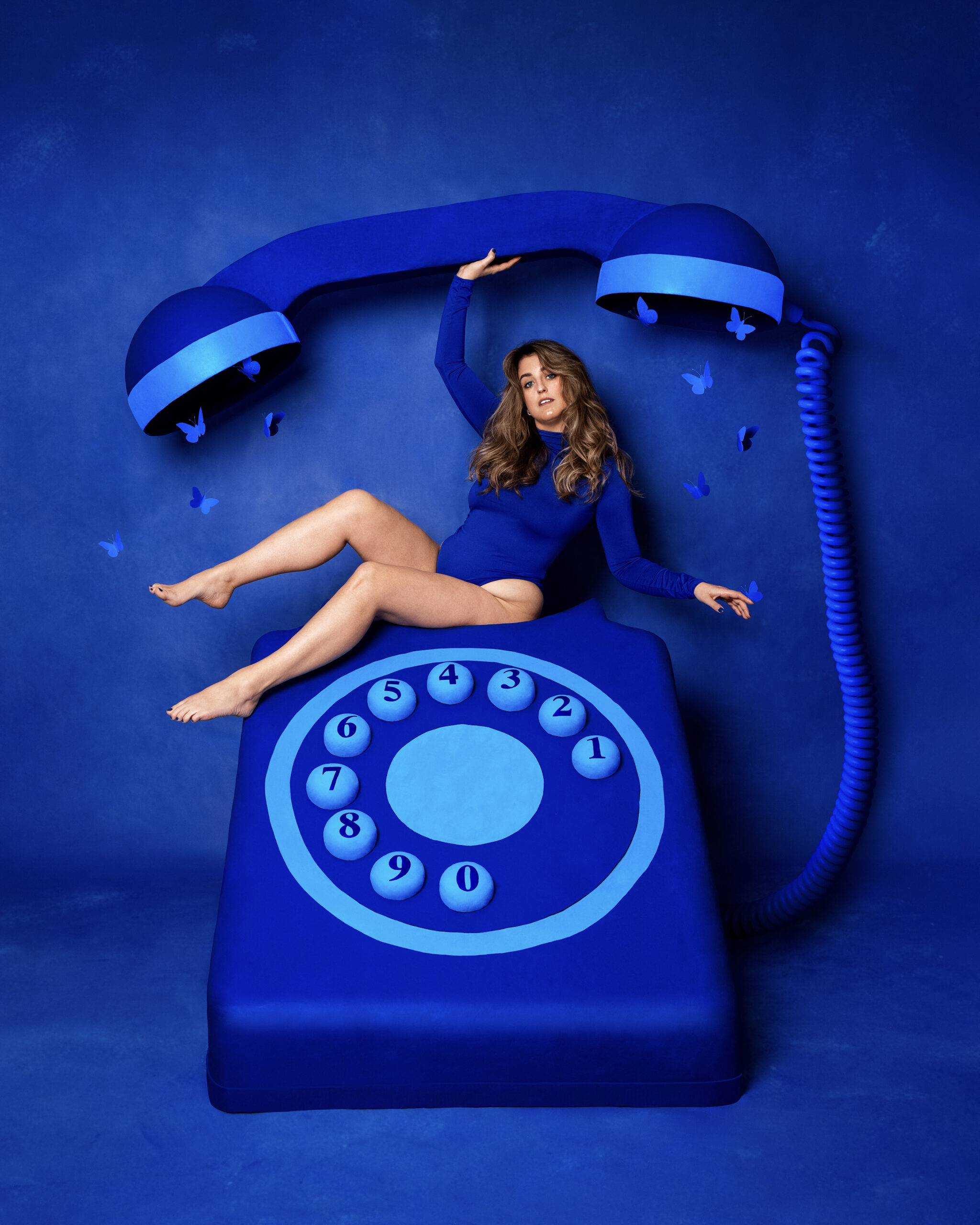“Photoshop plays a huge part in my process; however, more recently, I’ve begun challenging myself to build sets and create tangible scenes that I can work on in my studio,” says photographer Holly Stones about the way she creates her photos. “The idea of using Photoshop less was appealing to me as I wanted to create with my hands again. The Colour Project has been the right amount of balance between set building and the use of photoshop.” Holly joins the loads of other photographers who are working harder to create more of their photographs in-camera than using post-production to make up for a lack of preproduction.
All images by Holly Stones. Used with permission. Be sure to visit her website for more.
Despite what some folks might think, we don’t hate Photoshop. A photograph can still be a photograph with minimal photoshopping. And we believe that post-production should only at max be 10-15% of a final image. We’ve been preaching the idea of authenticity for years; and it has only become a calling for photographers recently with AI imagery coming to the front. With all that said, something can still be artwork, but it might not be a photograph. The two can co-exist separately in the same way that a painting can live apart from a digital graphic design of some sort. This is part of Holly Stones’ journey; and her work fascinates us to no end.
Table of Contents
Essentials
The seeds of Holly Stones’ photography were planted at the age of 14 when she got a Nikon Coolpix camera for her birthday. This furthered her interests in art both in painting and photography. Then she got into photo manipulation with Photoshop. “I loved the human form and so very quickly turned the camera on to myself (as I was a little too shy to ask anyone else to model for me).”
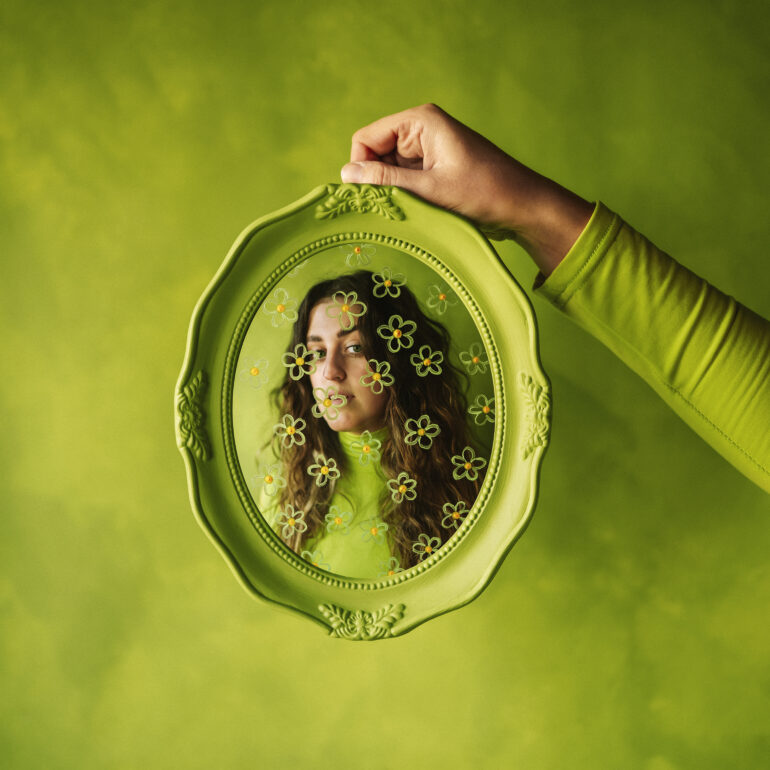
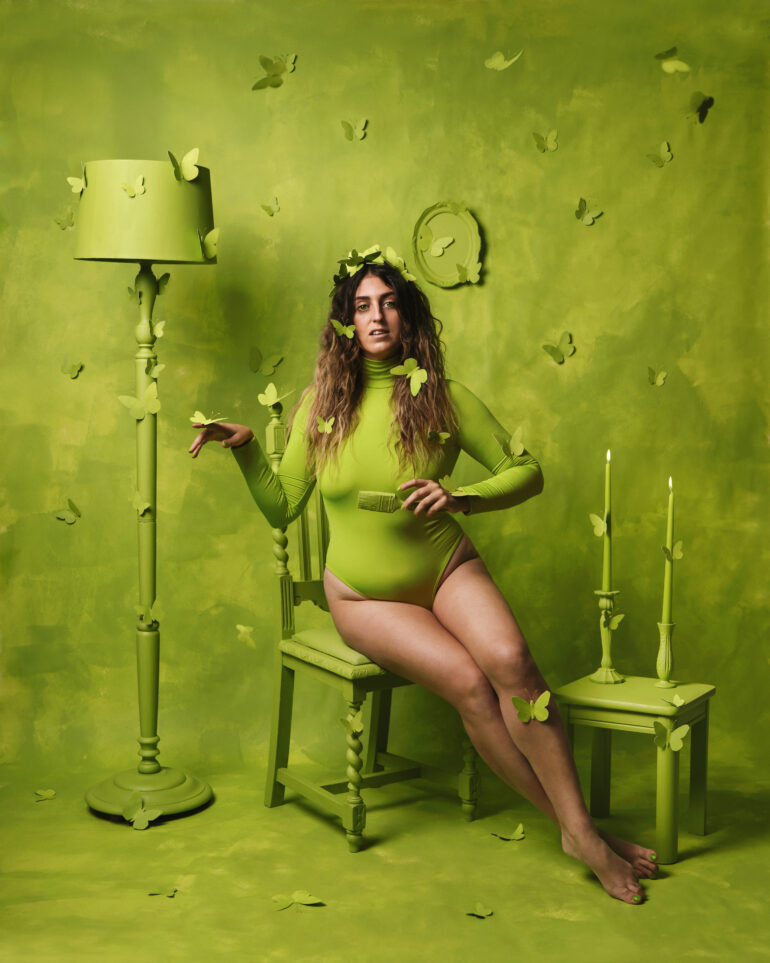
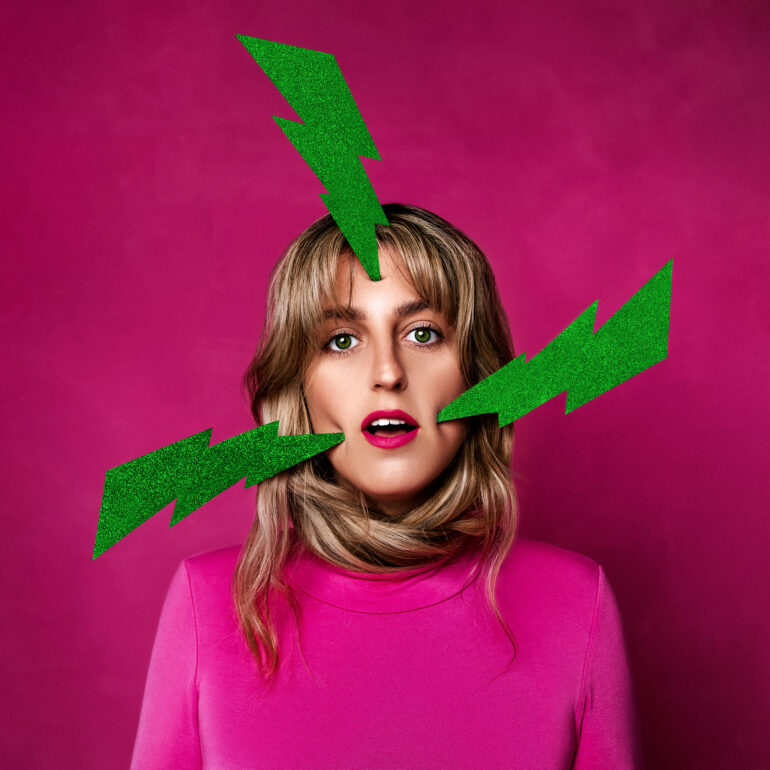
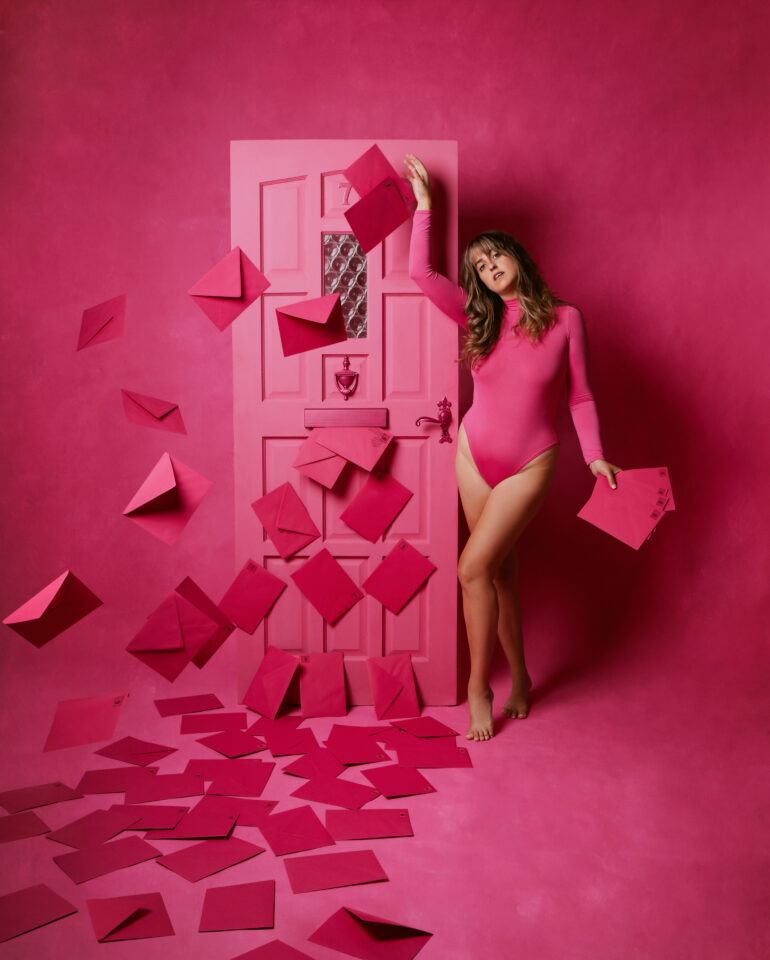
Holly used everything she had available in terms of lighting and props in an effort to express herself creative. “It was a lot faster than painting,” she states in reference to Photography. “…although I still use painting in my practice today, photography and Photoshop have always been the mediums that speak the loudest to me.”
She studied photography in London where she started to take self-portraiture more seriously. This is when it became a form of therapy. “I was adjusting to living away from the familiarity of home, and self-portraiture was a way to channel my thoughts and feelings,” Holly tells us.
To achieve the photos we’ve seen, Holly admits that her gear setup is always changing. “I also believe that you don’t need the most expensive gear to achieve great art,” she says. “I upgrade or downgrade all the time depending on what I need to shoot.” These days she reaches for the Sony a7 IV, 35mm f1.4, Godox DP400 iii studio lights, and an Octobox with reflector.
On Being Creative
For Holly, the Colour Project is a series involving the exploration of surreal, bold, and monochromatic sets. “I make all the outfits, props, and backdrops to coincide with the color that I am creating,” she tells us. “Each project has its own story and represents different chapters in my life. I am currently working on the next color in the series, The Orange Project.”
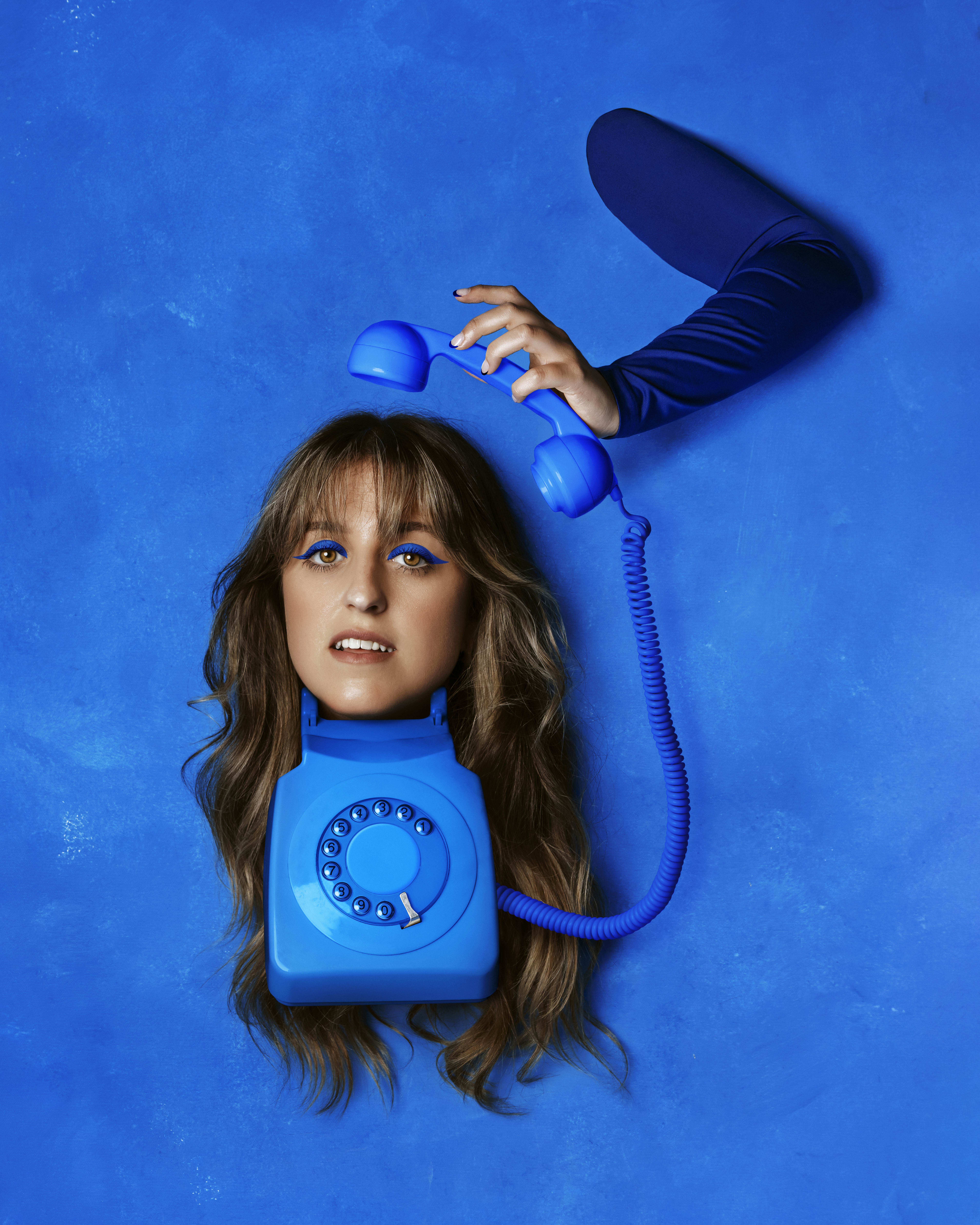
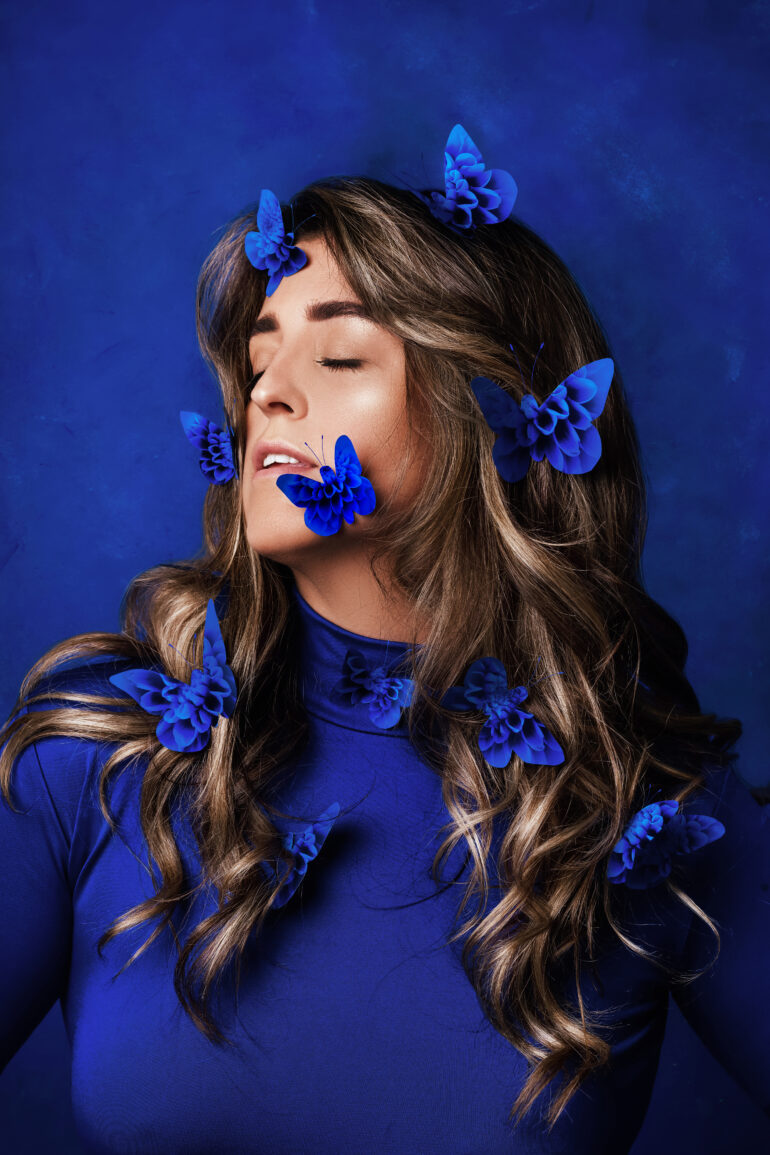
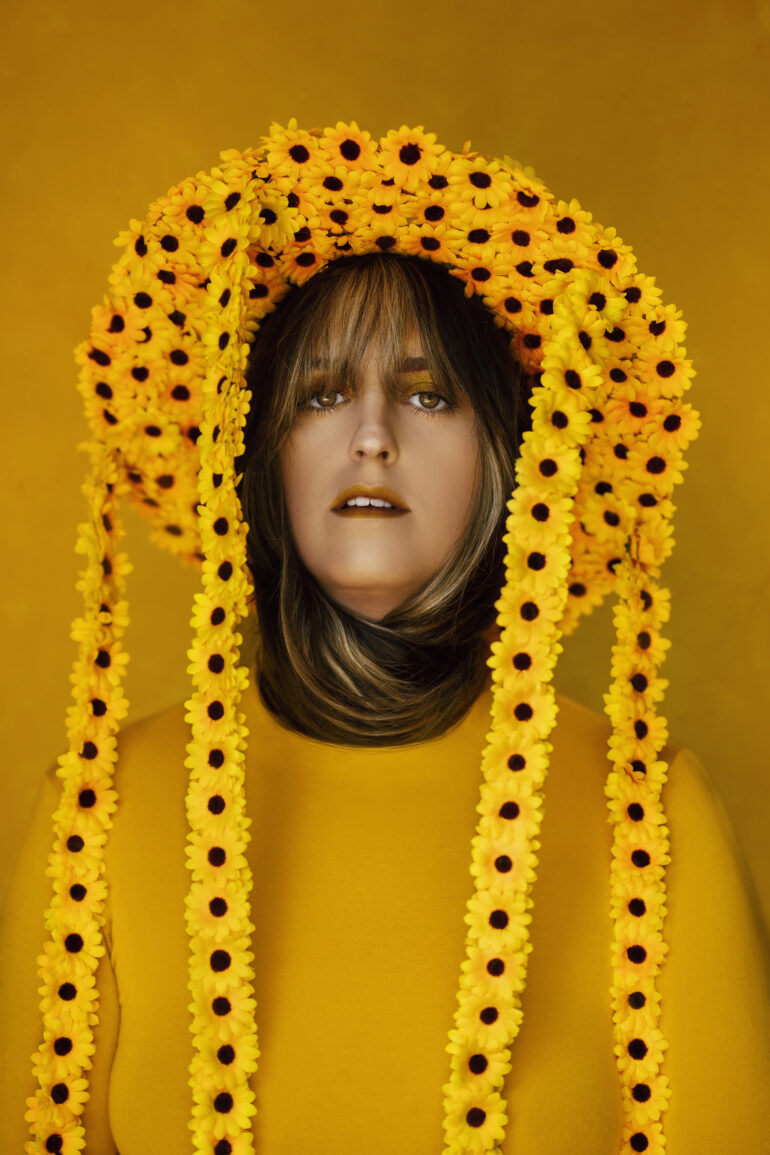
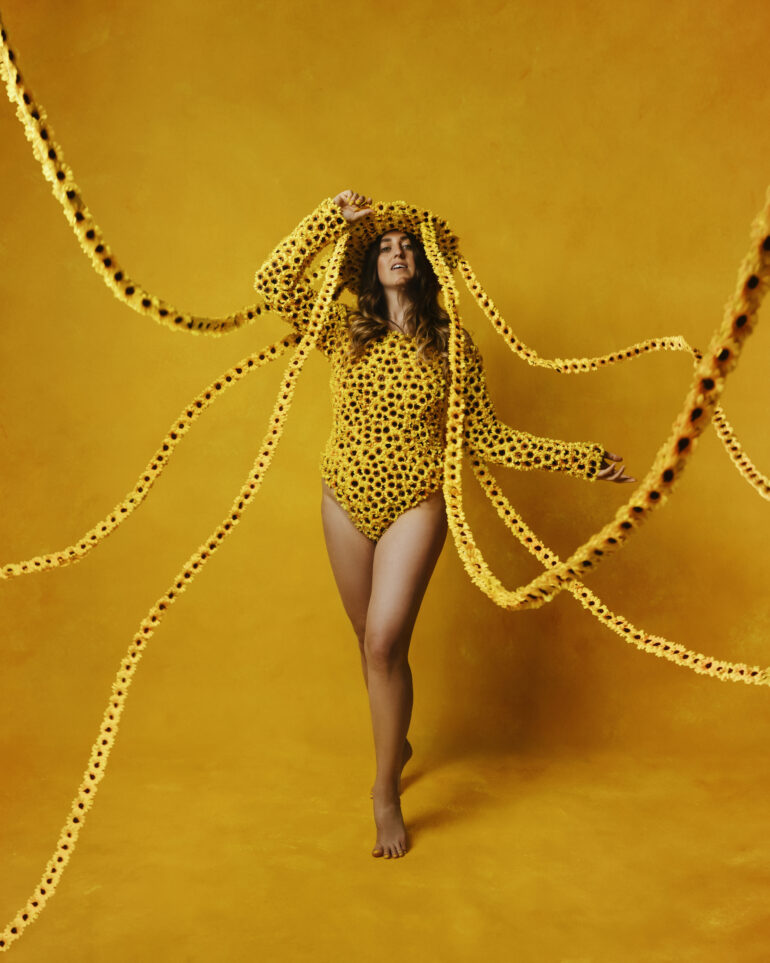
Thus far, Holly has done four major projects that she spoke about: green, yellow, pink, and blue. The green project started as a solo image. But then she realized that she enjoyed making the props — so it turned into a full-scale thing.
“The Yellow Project was next, and I made a full outfit out of mini sunflowers,” says Holly. “I painstakingly stitched all the sunflowers onto the body suit, and it took me a whole week to do. It’s safe to say my fingers were a little worse for wear!” Eventually, she gave in to using a hot glue gun for the hat. This taught her creative patience.
For the Pink project, Holly used a door, painted it pink, and stuck the envelopes on it to make it look like a waterfall of letters.
Her most recently completed project is the Blue Project. “I wanted to make a giant blue telephone, again to challenge my perspective on the use of Photoshop,” she tells us — and we read on with lots of fascinating! “I am so used to making myself miniature or enlarging items within Photoshop, I thought it was about time I created something giant in real life. It took me almost 3 months to complete, but it was so rewarding.”
It’s been quite fun for her! The challenges involved with problem-solving creative ideas into being is a form of meditation to her. These challenges have helped her through dark times. She can immerse herself in the creativity of her project for hours which lead to satisfaction at the end of the project. This sense of delayed gratification pays off for Holly in huge ways.
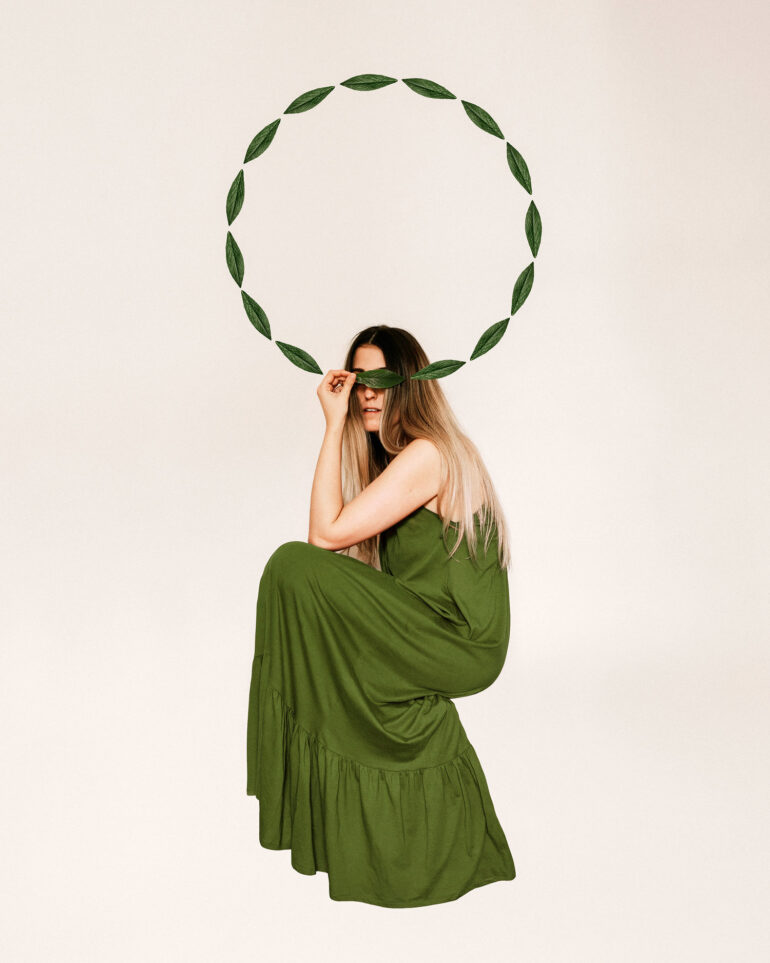
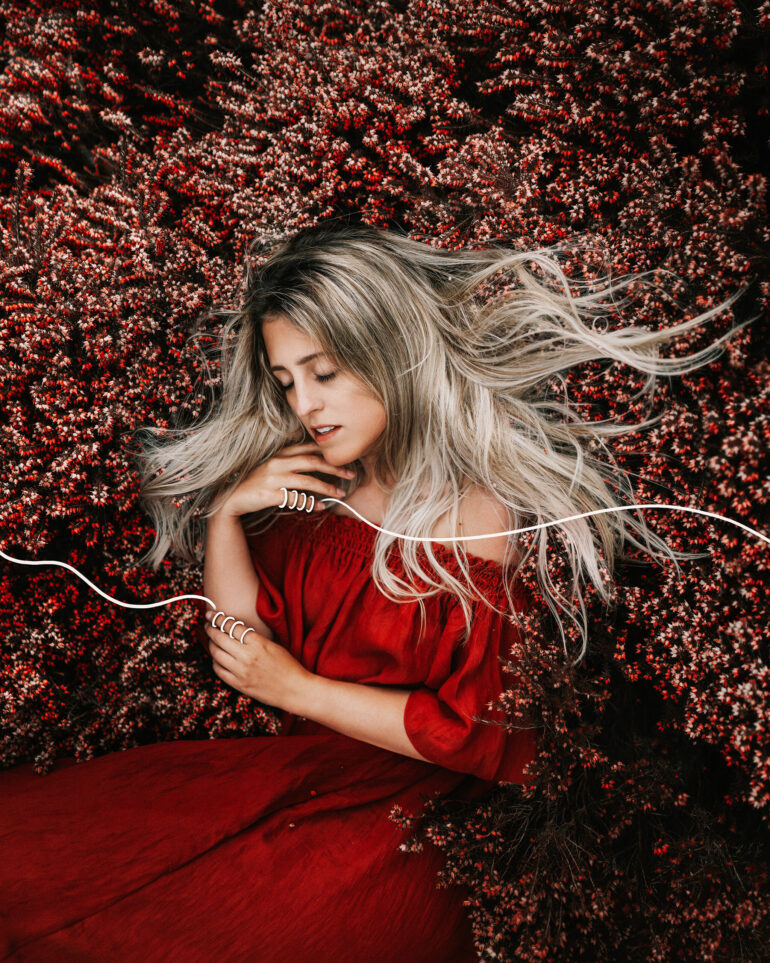
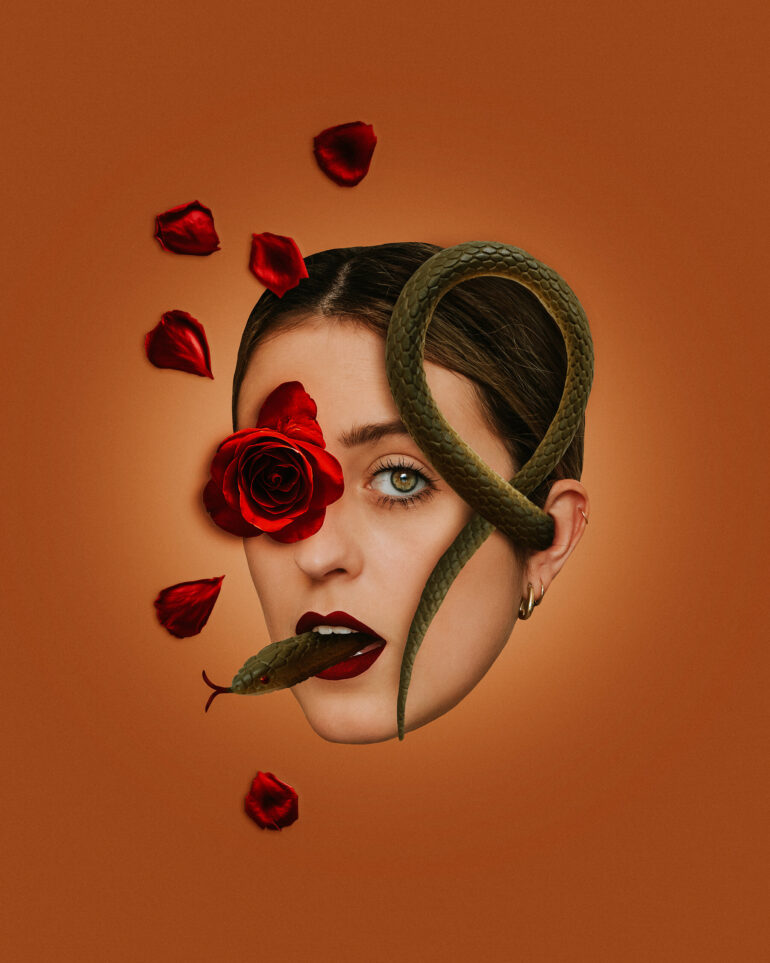
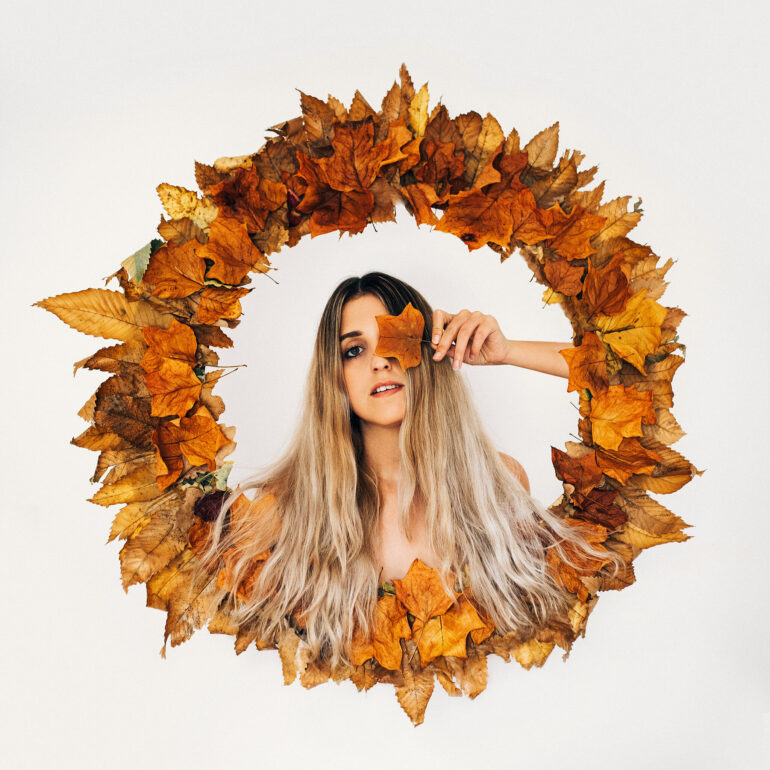
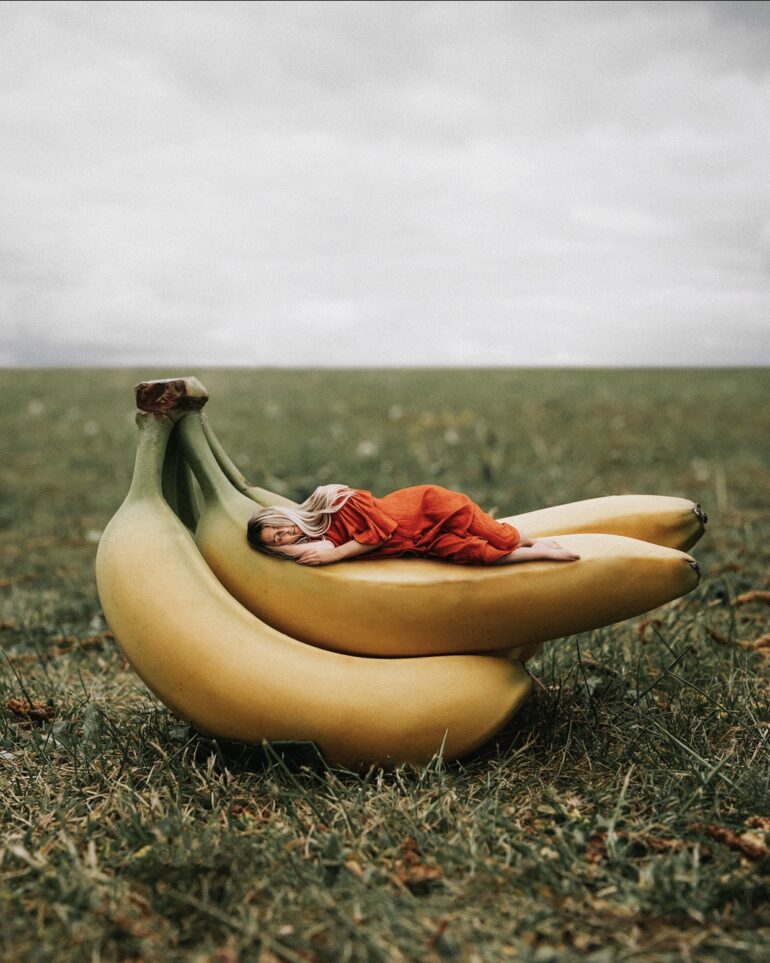
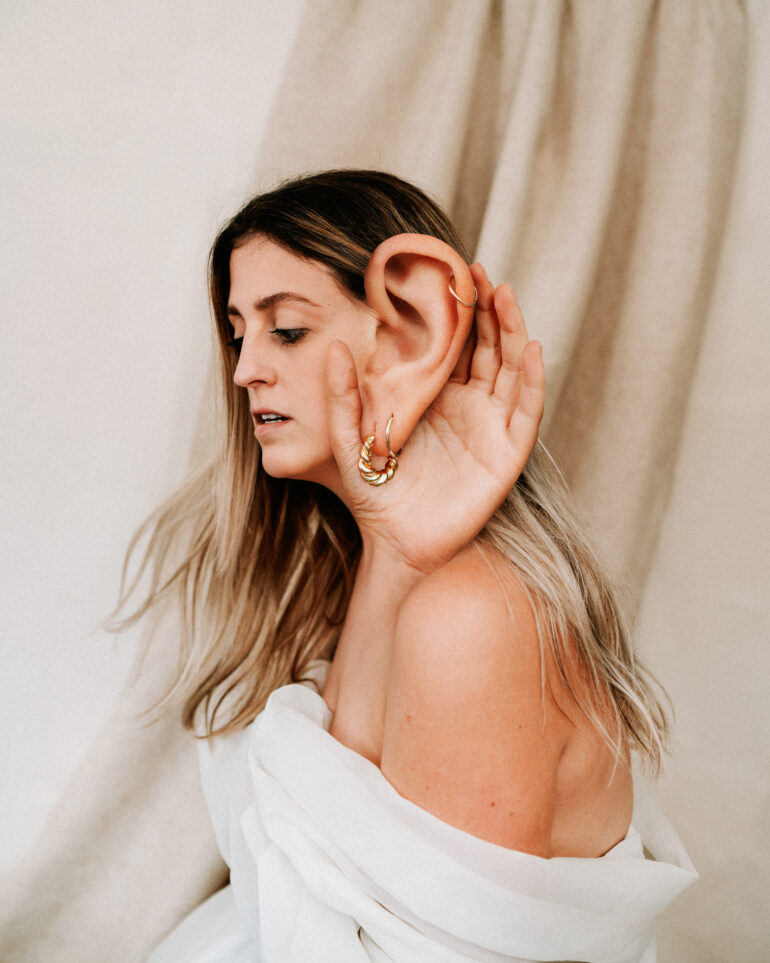
Self-Portraiture as Therapy
Lots of photographers that we’ve talked to that do self-portraiture use it as a form of therapy. Holly is one of those folks and often discusses it on social media and YouTube. She’s used it to help with self-acceptance. “I have suffered a lot with self-doubt, crippling anxiety, and depression over the years,” Holly explains. “Self-portraiture has helped me to channel those emotions. It allows me to express myself vulnerably, which in turn resonates with others and makes me feel connected to the world.” More importantly, it taught her patience, persistence, and to be kinder to herself.
Why Holly Stones Doesn’t Feel Threatened By AI Imagery
Holly enjoys playing around with AI imagery generators “I actually really enjoy playing around with it and I can see a lot of benefits to using AI within my practice,” says Holly. “I personally don’t feel threatened by AI as my art is so immersive and personal. It’s a very individual experience that AI cannot replicate or take that away from me.” Holly finds the copyright issue confusing in addition to the fact that the programs are built on existing artwork and artists.
“I can see how it could be abused in the future, including damaging some industries and saturating the creative landscape. It’s a tough one! I am currently keeping an eye on it and getting to know the software out there.”


